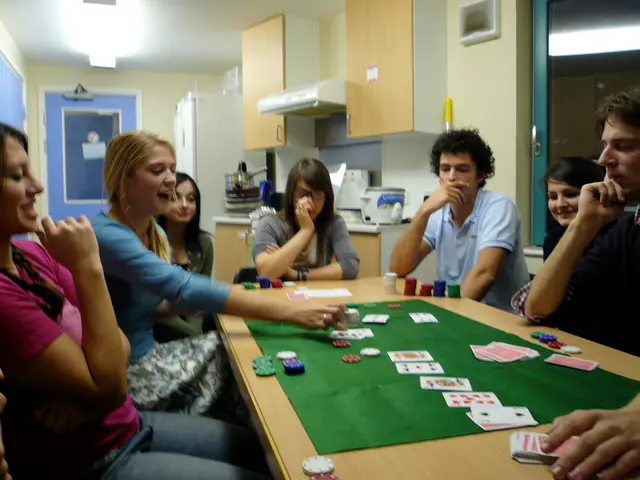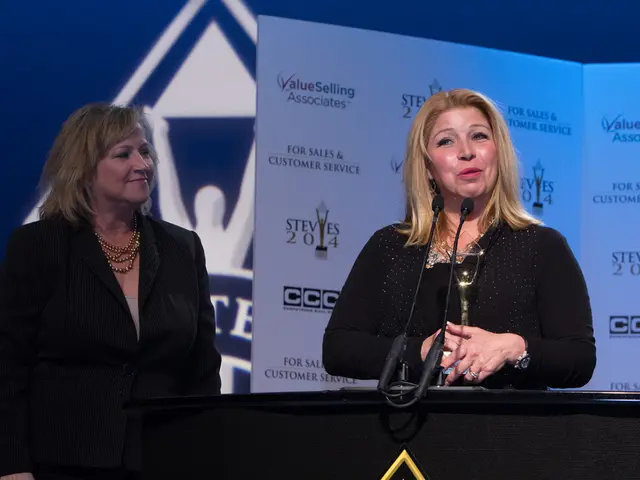Minnesota's Gambling Transformation: Tracing the Path from Illegality to Authorization
In the heart of the Midwest, Minnesota's gambling landscape has undergone a remarkable transformation, reflecting broader social and legal shifts. This journey began in 1858 when the state's founders, influenced by strong religious values, included a prohibition against lotteries in the state Constitution.
However, gambling persisted, often occurring illegally. It wasn't until 1945 that the legalization of bingo for charitable causes marked the first major crack in Minnesota's anti-gambling stance.
The turning point came in the late 20th century, with the U.S. Supreme Court's 1987 decision in California v. Cabazon Band of Mission Indians, which affirmed tribal sovereignty in gaming, and the subsequent Indian Gaming Regulatory Act (IGRA) of 1988. These milestones catalyzed Indian casino gaming nationwide, including in Minnesota.
Minnesota tribes, such as the Mille Lacs Band, used this legal framework to develop casinos from the late 1980s onwards, helping economic independence and providing significant funding for tribal services like education and healthcare.
The "Bryan Case," while not directly linked to Native American casino gambling in Minnesota or U.S. Indian gaming law, is often mentioned in historical records. However, key legal turning points include the 1987 Supreme Court decision in California v. Cabazon Band of Mission Indians and the subsequent IGRA legislation of 1988.
Today, Minnesota boasts 18 casinos, transforming the economic landscape for many Native communities. The state is currently grappling with how to implement sports betting, with potential candidates for a portion of the revenues being tribes, horse tracks, and new players. The U.S. Supreme Court's 2018 decision opened the way for sports betting in the United States.
For those seeking help with gambling-related issues, resources such as the Minnesota Department of Human Resources (800-333-HOPE) and GetGamblingHelp.com are available. Charitable gambling has also proliferated in Minnesota, with revenues supporting various causes such as military service honors, youth sports, and environmental causes.
The historical evolution of casino gambling on Native American reservations in Minnesota is rooted in broader Indian gaming developments nationwide, shaped by key legal milestones such as the 1987 U.S. Supreme Court ruling affirming tribal rights to operate gaming on reservations and the 1988 Indian Gaming Regulatory Act (IGRA), which provided the federal framework regulating tribal casinos.
The Curious Minnesota project by the Star Tribune invites questions about Minnesota's quirks and mysteries, including the intricate relationship the state has with gambling. As the landscape continues to evolve, one thing is certain: gambling in Minnesota has come a long way and will continue to shape the state's future.








